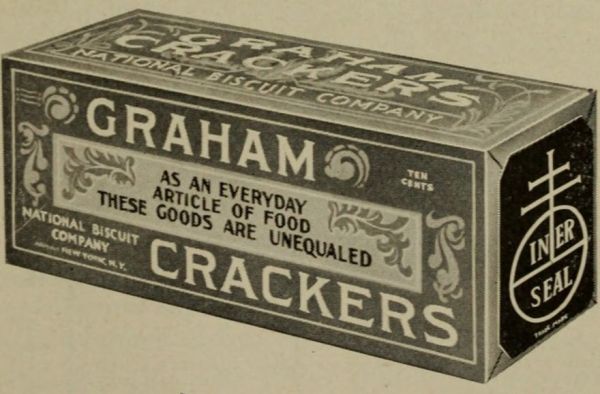The Surprising Origins of Graham Crackers: A Journey from Health Reform to Popular Snack

When one thinks about Graham crackers, the immediate assumption might be that they were named after a person named Graham, and indeed, that's correct. The story of these beloved snacks traces back to an intriguing figure: Sylvester Graham. He was born in 1794 as the youngest of 17 children, which meant he grew up in a bustling household that no doubt influenced his perspectives on health and society.
Throughout his life, Sylvester Graham battled poor health, which likely contributed to his strong convictions regarding diet. He developed a keen insight into the detrimental effects of consuming refined foods. Graham believed that white bread, with its highly processed flour, additives, and preservatives, was detrimental to a person's well-being. As a response to this belief, he created a cracker made from simple, unrefined ingredients, prominently featuring whole wheat bran. This version of the Graham cracker was notably devoid of any sweeteners, representing a lifestyle choice that prioritized health over taste.
Interestingly, Graham's innovations were not merely about creating a snack; they were tied to a broader philosophy known as the Graham Diet. This diet emphasized wholesome living through natural foods, advocating for a simplistic approach to nutrition. His focus on whole grains and minimal preservatives aligns with modern nutritional wisdom, yet his original motivations extended far beyond just physical health.
Graham was also a Presbyterian minister, and his beliefs about diet were intimately linked to his views on morality. He held the conviction that alcohol consumption was a path to ruin and that foods containing meat, fat, or spices could incite lustful thoughts and lead to moral decay. Thus, he proposed that adhering to a bland and unembellished dietary regimen would help individuals sustain control over their desires, reinforcing a sense of moral discipline.
However, despite his well-intentioned efforts to promote a healthier lifestyle, Graham's ideas did not initially resonate with the general public. It wasnt until the 19th century that Graham crackers began to gain popularity, particularly after the Nabisco company introduced honey as a sweetener to the recipe. This innovation transformed the once austere cracker into a sweet treat that appealed to a broader audience, leading to its rise in fame and its current status as a staple snack.
To explore more about Sylvester Graham's life and his quest for a balance between morality and nutrition, visit All That's Interesting for an in-depth look at this fascinating intersection of health reform and societal values.
(Image source: Wikimedia Commons)
















